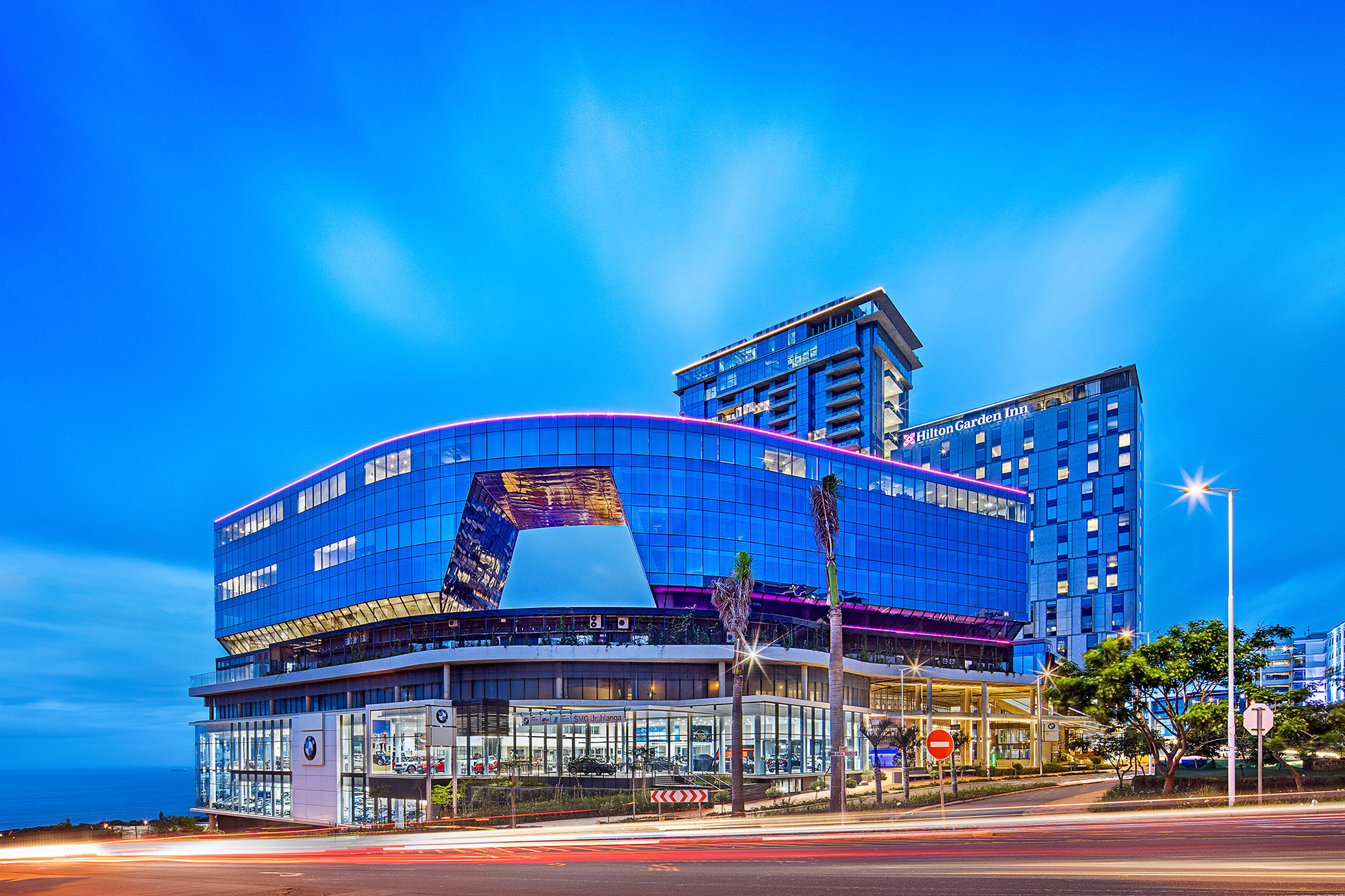Green Building and Sustainability
Green building (also known as green construction or sustainable building) refers to both a structure and the application of processes that are environmentally responsible and resource-efficient throughout a building’s life cycle: from planning to design, construction, operation, maintenance, renovation, and demolition.
This requires close cooperation between the contractor, the architects, the engineers, and the client at all project stages. Green building refers to saving resources to the maximum extent, including energy saving, land saving, water saving, material saving, etc., during the whole life cycle of the building, protecting the environment and reducing pollution, providing people with healthy, comfortable and efficient use of space, and being in harmony with nature. Green building technology therefore focuses on low consumption, high efficiency, economy, environmental protection, integration and optimisation.
Green initiatives, including green building practices, are gaining momentum around the world. Not only do these practices preserve environmental value and scarce resources, but many of them also offer economical and sustainable advantages. They reduce exposures to key risks, such as climate-related risk, whilst building resiliency.
Building Information modelling (BIM) is a process involving the generation and management of digital representations of physical and functional characteristics of places. BIMs support decision-making regarding a building and is used by individuals, businesses and government agencies who plan, design, construct, operate and maintain diverse physical infrastructures such as water, refuse, electricity, gas, communication utilities, roads, railways, etc.
Some of the best-practice green building initiatives in 2022 include:
1. Net-Zero Buildings
Net-zero buildings are buildings whose energy consumption is roughly equal to their energy output. The goal is to cut down on carbon emissions, water consumption and solid waste transported to landfills.

2. Climate Resiliency
With the growing concern over climate change, one of the top green initiatives is incorporating construction measures to withstand extreme weather patterns and natural disasters, typically in the form of improved infrastructure.
Increased weather resiliency to mitigate weather damage can cut down on insurance costs, such as claims for flood or fire damage. With an increased risk of extreme weather events, climate resilience is an important consideration for any building.
3. Regulation
As a result of the increased interest in green building concepts and practices, a number of organisations have developed standards, codes and rating systems for use by government regulators, building professionals and consumers. These include Green Star, LEED and EDGE certifications, etc
4. Distributed Energy Systems
A distributed energy system (DES) controls generation, storage and energy monitoring solutions and can oversee and observe a building’s performance — including heating, cooling, lighting and more — as well as offer suggestions for cutting costs and improving reliability.
5. Fully electric buildings
In an effort to tackle climate change and reduce dependency on fossil fuesl as an energy source, many buildings are being designed as “fully electric”. This means replacing any gas equipment with electrical equipment, such as heap pumps instead of gas boilers. This approach differs to net zero buildings, as “offsets” are not used or needed, due the building not eliminating any carbon in the first instance.
6. Alternative Building Materials
Building and construction activities consume 3 billion tons of raw material each year globally. But this reliance on non-renewable materials has had a lasting impact on the environment and the number of available resources. 2022 has seen a surge in the number of builders using more sustainable methods, with alternative materials including grasscrete, recycled plastic, engineered wood, hempcrete, insulating concrete foam, etc.

There is also a big drive to select materials with a lower carbon footprint, in the process reducing Scope 3 emissions.
The shared objective of green buildings is to reduce the overall impact of the built environment on human health and the natural environment by:
- Efficiently using energy, water and other resources
- Protecting occupant health and improving employee productivity
- Reducing waste, pollution and environmental degradation
Industry experts also predict these new trends will heighten global awareness of green development in the years to come, leading to newly developed and more efficient sustainable initiatives.


